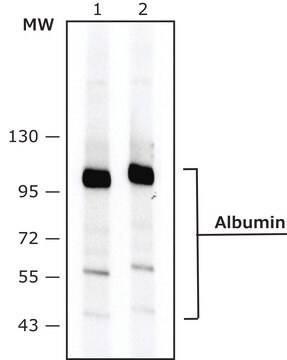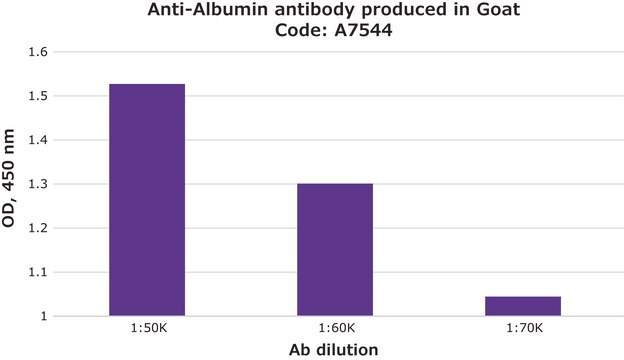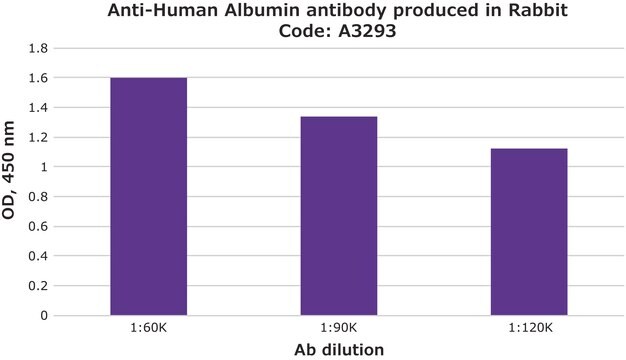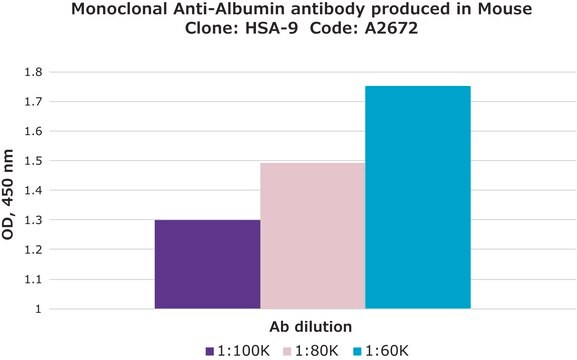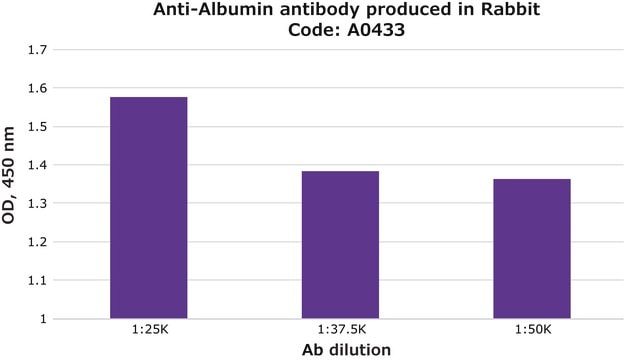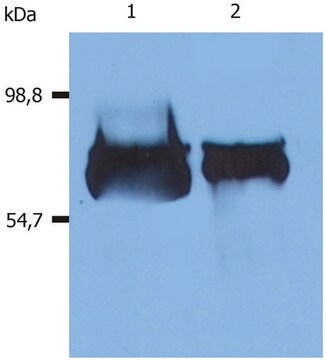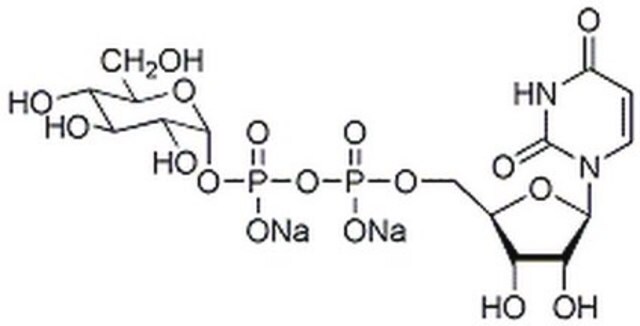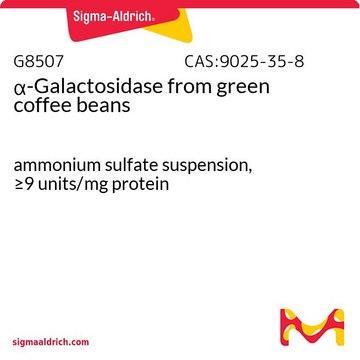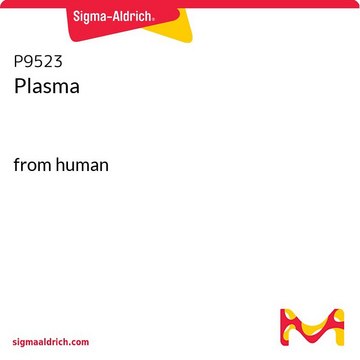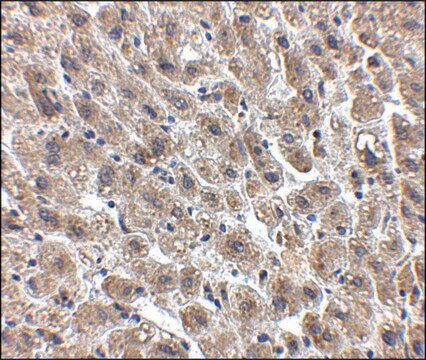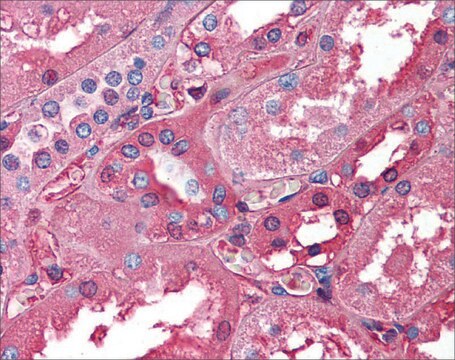A1151
Anti-Albumin antibody produced in goat
fractionated antiserum, lyophilized
Synonyme(s) :
Albumin Detection Antibody, Anti-Albumin, Goat Anti-Albumin
About This Item
Produits recommandés
Source biologique
goat
Niveau de qualité
Produit recombinant
expressed in goat
Forme d'anticorps
fractionated antiserum
Type de produit anticorps
primary antibodies
Clone
polyclonal
Forme
lyophilized
Poids mol.
antigen 65 kDa
Espèces réactives
human
Conditionnement
vial of 2 mL lyophilized antiserum
Technique(s)
immunocytochemistry: suitable
immunohistochemistry: suitable
Numéro d'accès UniProt
Température de stockage
2-8°C
Informations sur le gène
human ... ALB(213)
Catégories apparentées
Description générale
Immunogène
Application
Forme physique
Clause de non-responsabilité
Vous ne trouvez pas le bon produit ?
Essayez notre Outil de sélection de produits.
Code de la classe de stockage
11 - Combustible Solids
Classe de danger pour l'eau (WGK)
WGK 3
Point d'éclair (°F)
Not applicable
Point d'éclair (°C)
Not applicable
Équipement de protection individuelle
Eyeshields, Gloves, type N95 (US)
Faites votre choix parmi les versions les plus récentes :
Déjà en possession de ce produit ?
Retrouvez la documentation relative aux produits que vous avez récemment achetés dans la Bibliothèque de documents.
Les clients ont également consulté
Notre équipe de scientifiques dispose d'une expérience dans tous les secteurs de la recherche, notamment en sciences de la vie, science des matériaux, synthèse chimique, chromatographie, analyse et dans de nombreux autres domaines..
Contacter notre Service technique